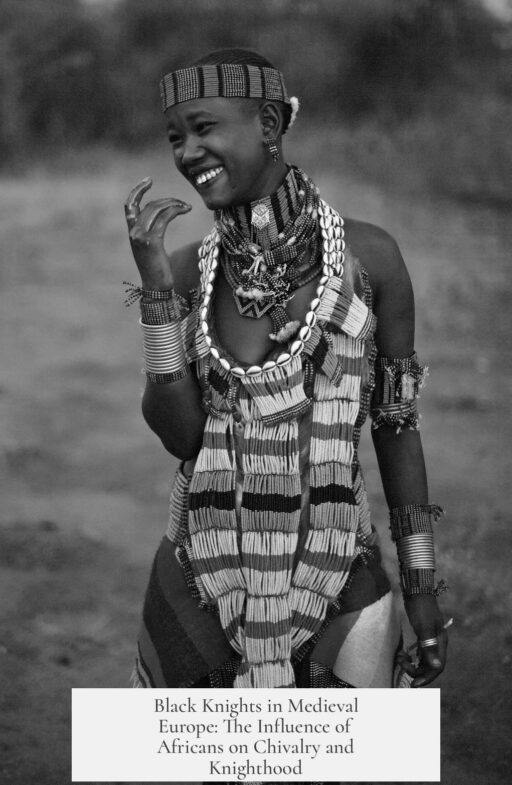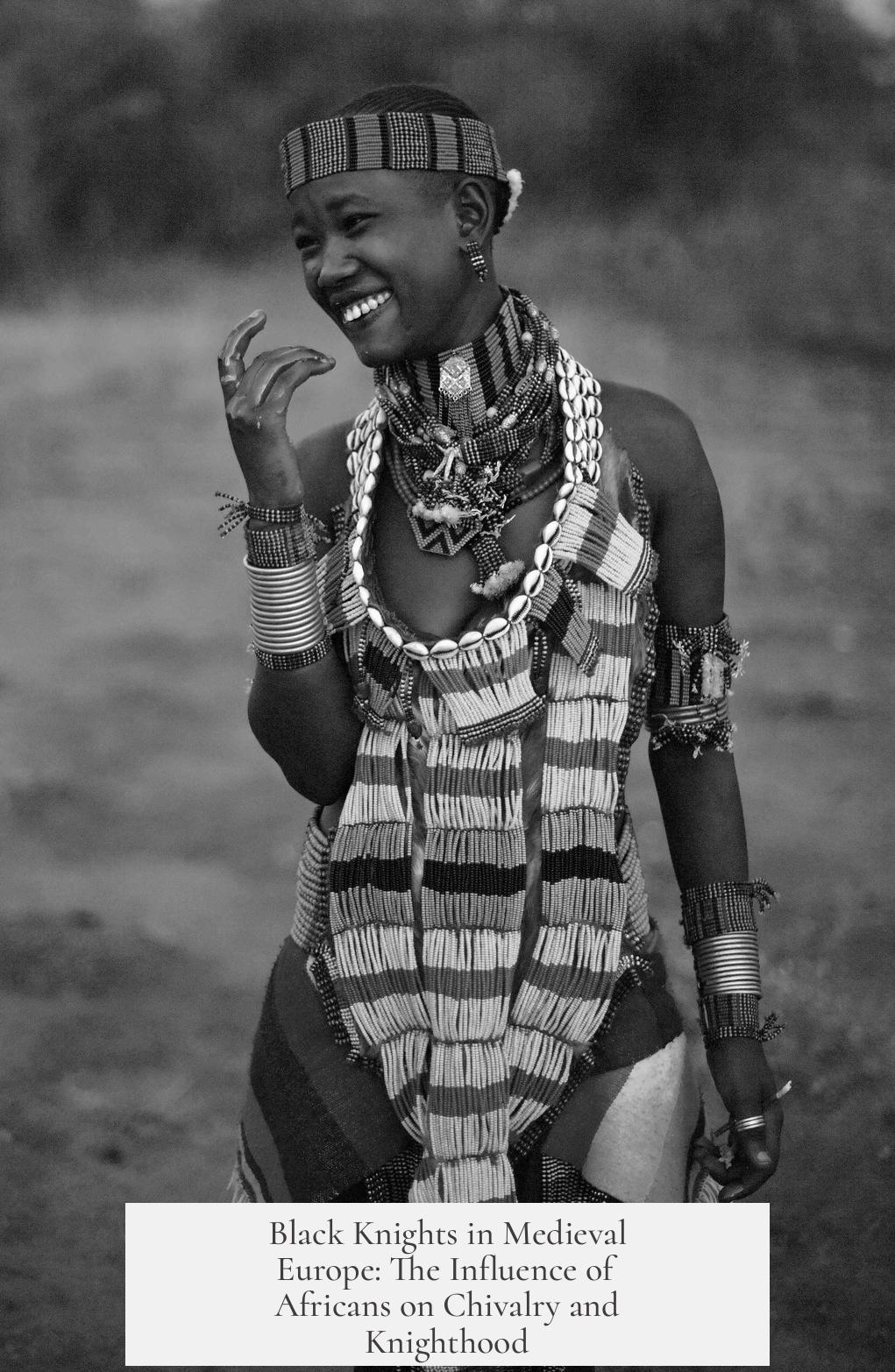Evidence confirms that there were Black (African) knights in Medieval Europe, particularly in the Iberian Peninsula. Africans and Moors participated in medieval knighthood traditions, held noble status, and appear in literature as knights or warrior figures.
In Iberia, Moors lived alongside Christian kingdoms and engaged in various military and social roles. The Moriscos—converted Moors in Spain—often served as knights and noble warriors within Spanish realms. Historical records, such as those cited by Ana Echevarria in her work Knights on the Frontier, document the King of Castile’s Moorish bodyguards who were formally recognized as knights. This proves African-descended individuals were fully integrated into the knightly class in medieval Spain.
The social structure of knighthood required noble birth or royal appointment. The Moriscos’ positions affirm African warriors had access to such status, at least regionally. Their presence ended mostly during the Spanish Inquisition. Nonetheless, their centuries-long role remains a strong example of Black knights in medieval Europe.
Outside Iberia, there are fewer confirmed historical records of Black knights. However, Ethiopia, a Christian kingdom in Africa, engaged diplomatically with Europe. The Ethiopian nobility dispatched delegations to Rome by the 14th century, showing recognized Christian identity and kinship with European nobles, suggesting cross-cultural noble connections rather than direct knighthood.
Medieval literature prominently features African or Moorish knights, blending history and legend. For instance, African knights appear in Edmund Spenser’s The Faerie Queene. The Italian epic Orlando Furioso includes Ruggiero, a half-Saracen knight, highlighting the presence of Muslim or African warrior figures in chivalric tales.
The Arthurian legend of Sir Morien further reflects the cultural presence of a Black knight figure. Originating from 13th-century Dutch versions of Lancelot stories, Sir Morien is described with dark skin, interpreted by many today as a depiction of a Black African knight. Although not part of the core Le Morte d’Arthur, his character symbolizes the idea of African chivalry within medieval European mythos.
Saint Morris exemplifies the ideal of an African knight in Christian Europe. Venerated as a knight-saint, he is traditionally depicted as an African Roman legionary or knight and served as a role model for medieval European knights. His cult reveals admiration and symbolic elevation of a Black warrior figure within the knightly ethos.
In medieval Britain, documentary evidence suggests the presence of Africans, though direct proof of knighthood is scarce. A National Geographic documentary explores these findings, indicating Africans lived and served in Britain during the Middle Ages. However, records do not clearly demonstrate knighthood among this population in Britain before the Tudor period.
By Tudor times (late 15th to early 16th century), Africans appear more frequently in European courts. Notably, a Black trumpeter served under Henry VII and Henry VIII in England. This presence correlates with expanding European exploration of Africa and the onset of the Atlantic slave trade. Despite this, knighthood among these individuals remains unrecorded or extremely rare in England during this era.
An important caveat surrounds the identification of “Black” knights. Medieval authors often did not distinguish between Arabs, Moors, and sub-Saharan Africans when describing dark-skinned individuals. The term “black” sometimes described any dark complexion, including North Africans. This complicates the interpretation of historical texts and legends mentioning African or Moorish knights.
| Aspect | Details |
|---|---|
| Proven Black Knights | Moriscos and Moorish bodyguards in Iberia, recognized by Castile’s monarchy |
| Literary Figures | Sir Morien, Saracen knights in The Faerie Queene and Orlando Furioso |
| Christian African Nobility | Ethiopian noble delegations to 14th-century Rome |
| Medieval Britain | Evidence of Africans’ presence with limited proof of knighthood |
| Tudor England | Africans present at court, knighthood undocumented |
| Saint Morris | African knightly saint venerated by medieval European knights |
- Black knights existed primarily in medieval Iberia through Moors and Moriscos.
- African nobility, notably from Ethiopia, connected with Europe but without direct knighthood records.
- Medieval literature embraced African or Moorish knights in legendary and chivalric narratives.
- Saint Morris symbolized an African knight ideal within Christian Europe.
- Limited evidence points to Africans in medieval Britain; knighthood is not definitively recorded.
- Tudor-era Africans appear more often, linked to exploration, without known knighthood roles.
- Medieval sources blur distinctions between black-skinned Arabs and sub-Saharan Africans, affecting interpretations.
Were There Any Black (African) Knights in Medieval Europe?
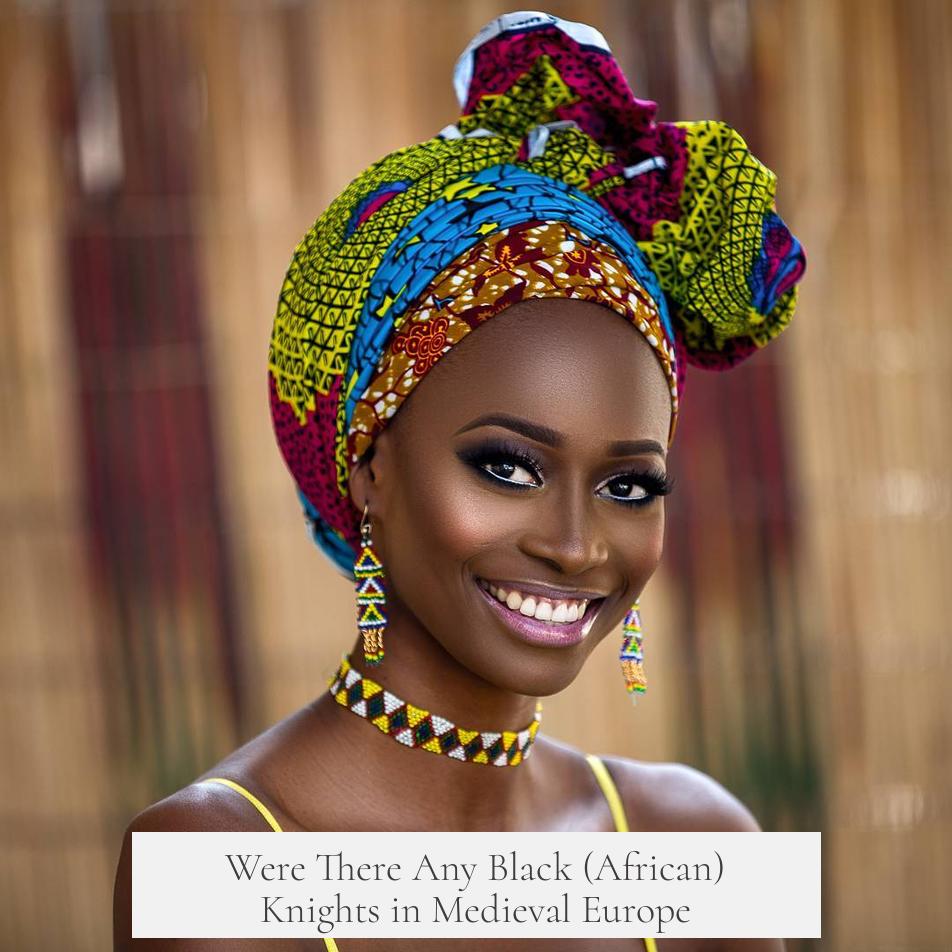
Yes, there were indeed Black knights in medieval Europe, particularly in regions like Iberia where African Moors lived and integrated with European societies. Historical records confirm African-origin knights participated in knightly culture, especially among the Moriscos and Moorish bodyguards of the Spanish kingdoms, though clear evidence elsewhere remains scarcer.
Now, let’s dissect this fascinating chapter of history that mixes truth, legend, and vibrant cross-cultural exchange.
Medieval Europe wasn’t a monoculture; its borders were a melting pot where ideas, peoples, and traditions swirled. The presence of Black knights in medieval Europe challenges modern stereotypes about a homogeneous knightly class exclusively of European descent. Let’s explore how.
The Iberian Peninsula: Where History Meets the Moors
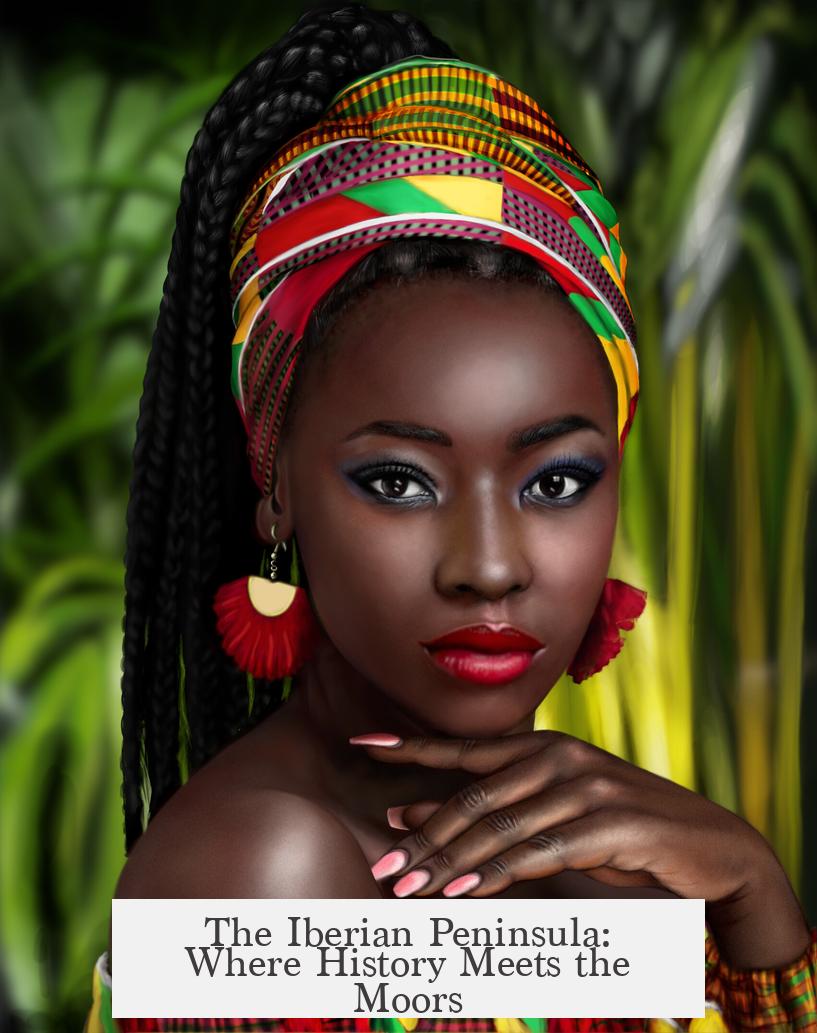
If you picture medieval knights, you probably imagine armored men on horseback in Western Europe. Yet, the Iberian Peninsula — Spain and Portugal — paints a more complex picture. It was a frontier not just of land but of cultures. The Moors, Muslim inhabitants of North African origin, ruled large parts of Iberia for centuries.
These Moors didn’t just fight from the sidelines. They were deeply embedded in the military and aristocratic traditions of the region. Moors in Iberia often adopted European martial customs. Some became knights in the spiritual and social sense recognized by Castilian and other Christian kingdoms.
In fact, the Moriscos—Moors converted to Christianity—played direct roles as knights of the Spanish kingdoms. According to historians like Ana Echevarria, the King of Castile’s Moorish bodyguard carried similar status and duties as knights, blurring ethnic boundaries in medieval chivalry.
Saint Morris: A Knightly Icon of African Origin
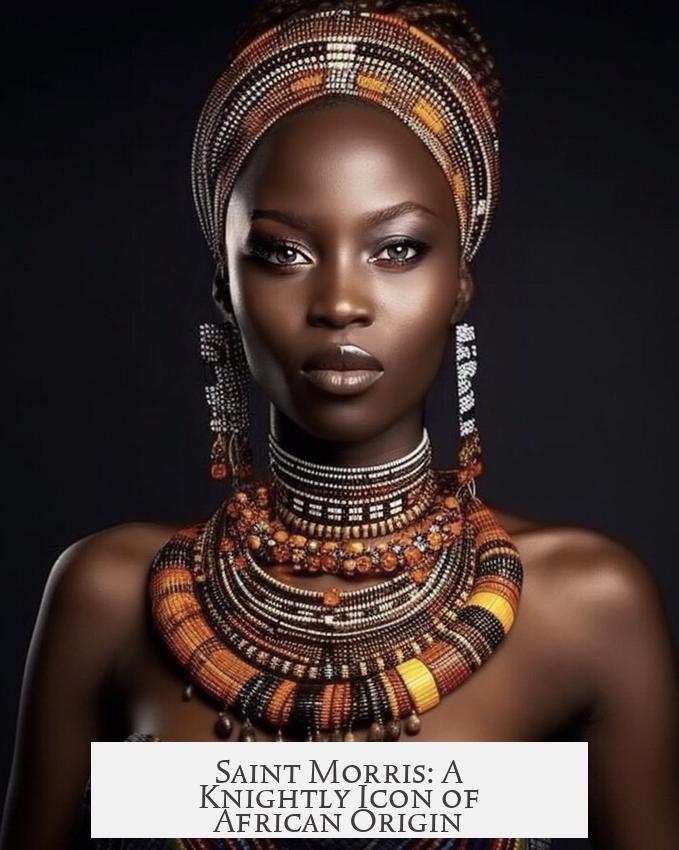
Beyond historical records, the spiritual and cultural realm provides clues. Enter Saint Morris, also known as Saint Maurice. A Roman legionary and warrior saint depicted as African, Saint Morris gained patronage from knightly orders. Medieval knights revered him and often portrayed him in armor, holding the ideals of courage and faith.
His African identity was clear in iconography and hagiographies. Having an African saint as a role model for knights illustrates the medieval recognition of Africanness within European chivalric ideals.
Arthurian Legendary Knight: Sir Morien
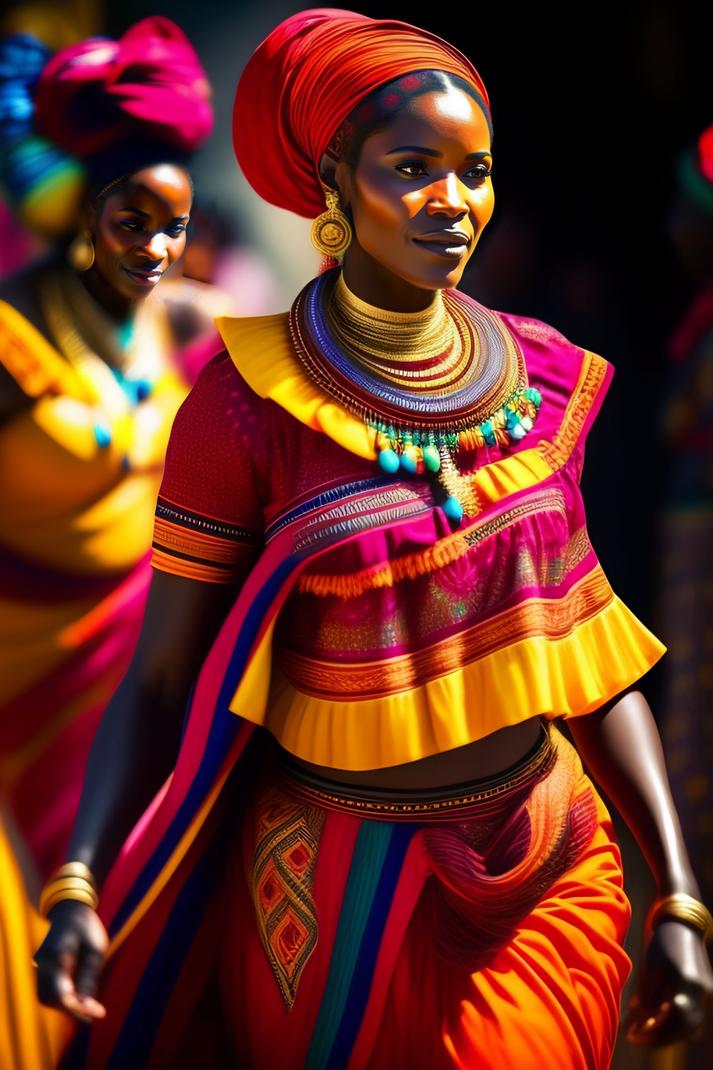
If legends pique your interest, consider Sir Morien from the Arthurian cycles, likely conceived as a Black African knight. Introduced in medieval Dutch and French tales, Sir Morien’s skin color is highlighted as a feature of exoticism and nobility. While he doesn’t surface in the famous works like Malory’s Le Morte d’Arthur, he made his mark in the Lancelot compilations of the 13th century.
It’s important to note that medieval writers often didn’t distinguish sharply between Moors (North African Muslims) and sub-Saharan Africans. “Black” sometimes simply denoted “dark-skinned,” clouding exact ethnic origins. Yet, Sir Morien remains a compelling symbol of Black knighthood in medieval legend.
Africans in Britain: Documentary Suggestions
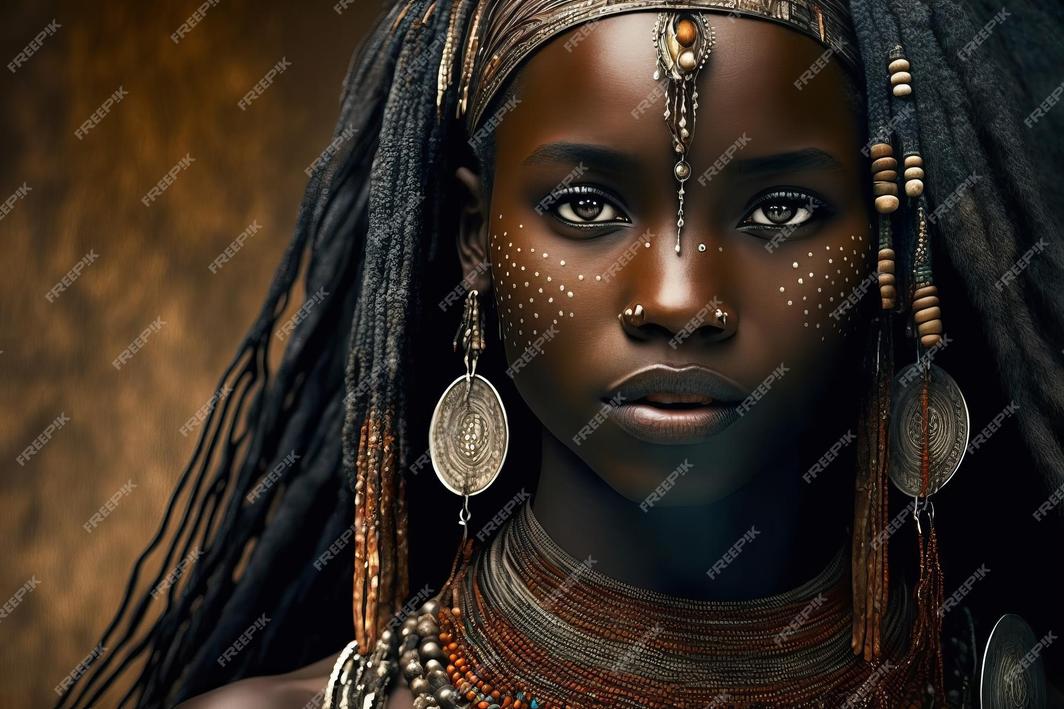
What about medieval Britain? The evidence is intriguing but thinner. Some documentaries and studies propose Africans resided in Britain in the Middle Ages, possibly in knightly roles. However, solid proof confirming formal knighthood is limited. Still, the presence of Africans in Britain grows clearer heading into the Tudor period.
For example, at the courts of Henry VII and Henry VIII, a Black trumpeter performed duties within the royal household. Though slightly outside the medieval era, this indicates Africans became part of British society by late medieval to early modern times through exploration and trade.
The Broader Context: Race and Social Status in Knighthood
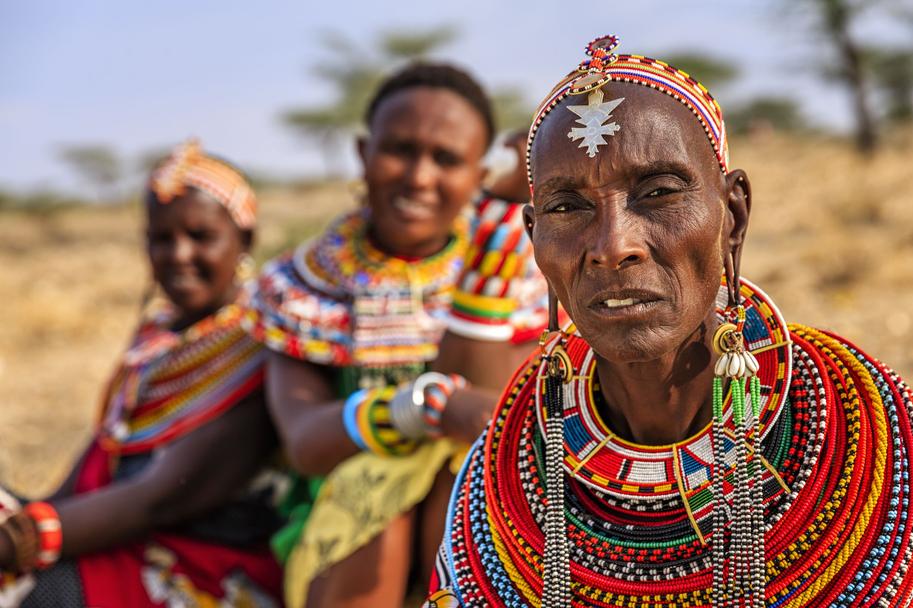
Could a Black man simply become a knight in medieval Europe? Knightly status hinged heavily on social class, lineage, and wealth. Being of noble birth or distinguished military service was often essential. For Africans arriving through conquest, diplomacy, or migration, absorption into knighthood was possible but likely exceptional.
For instance, Ethiopian nobility—Christian Africans—actively engaged with European powers. A delegation went to Rome in the 14th century to meet popes, underscoring diplomatic and religious ties between Africa and Europe. This points to recognized African nobility that could theoretically intersect with European aristocratic ideals, including knighthood.
Literature and Renaissance Echoes: African Faces in Medieval Chivalry
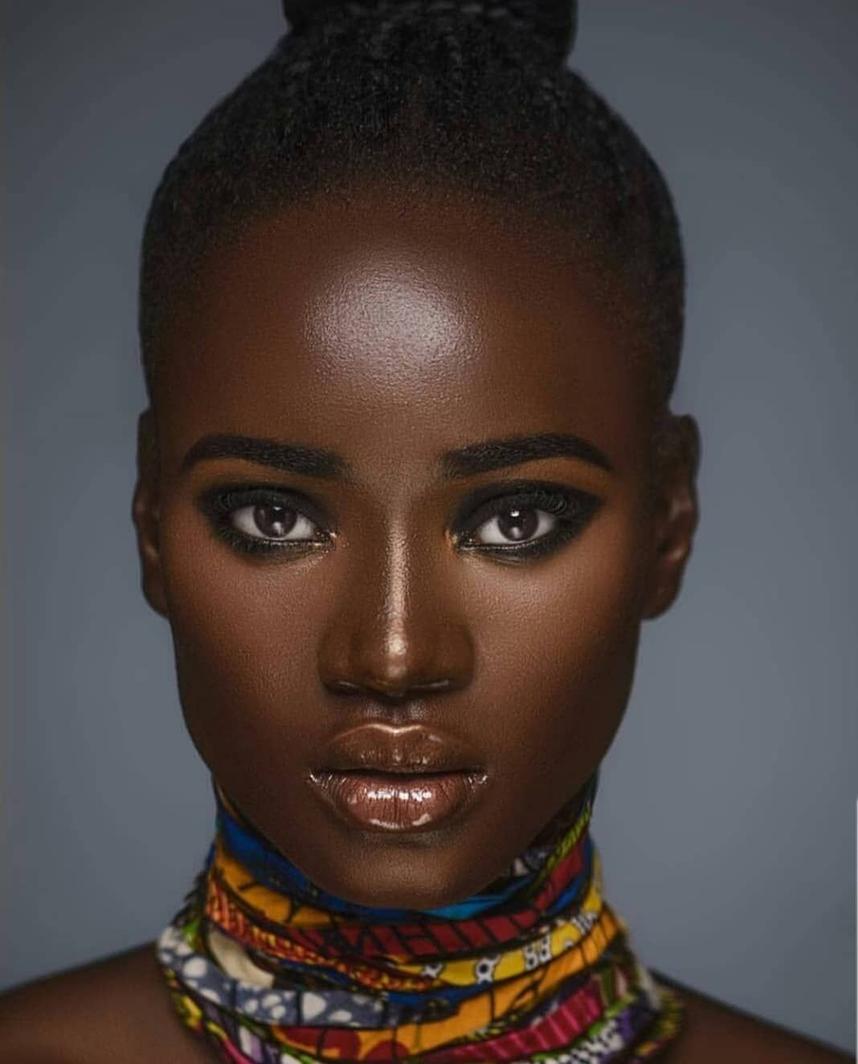
European literature and epic poetry delight in portraying Saracen knights—Muslim warriors often depicted as exotic and valorous. Edmund Spenser’s Faerie Queene includes three such Saracen knights; Italian epic Orlando Furioso centers on Ruggiero, a half-Saracen knight.
Though fictional, these representations echo real-world interactions. They helped shape European perceptions of African and Moorish peoples as integral to chivalric tales and, arguably, knights themselves.
Summing It Up: A Complex but Clearer Picture
What can we take away from all this? Here’s the scoop:
- The strongest evidence of Black knights exists in medieval Iberia, through Moriscos and Moorish knights in service to Christian kingdoms like Castile.
- Saint Morris, a venerated African knightly figure, indicates spiritual and cultural acceptance of Black martial ideals.
- Legendary figures like Sir Morien enrich the tapestry of Arthurian chivalry with Black representation.
- Africans appeared in medieval Britain, though formal knighthood there remains less documented.
- Diplomatic ties with Ethiopian Christian nobility hint at cross-continental aristocratic recognition.
- Medieval literature often blurred distinctions between Arabs and Black Africans, using “Moor” as a broad category that enhances our understanding but requires nuance.
So next time you imagine knights, remember: shining armor wasn’t always worn by Europe’s fair-skinned sons alone. Africans, Moors, and Black figures also held lance and shield, both in history and legend.
If you’re intrigued by how race, culture, and knighthood mixed in the medieval world, diving into Iberian history and medieval literary epics is a great start. And remember, history with this much color might surprise you at every turn.
Have you encountered other surprising facts about diversity in medieval Europe? Share your thoughts below!
